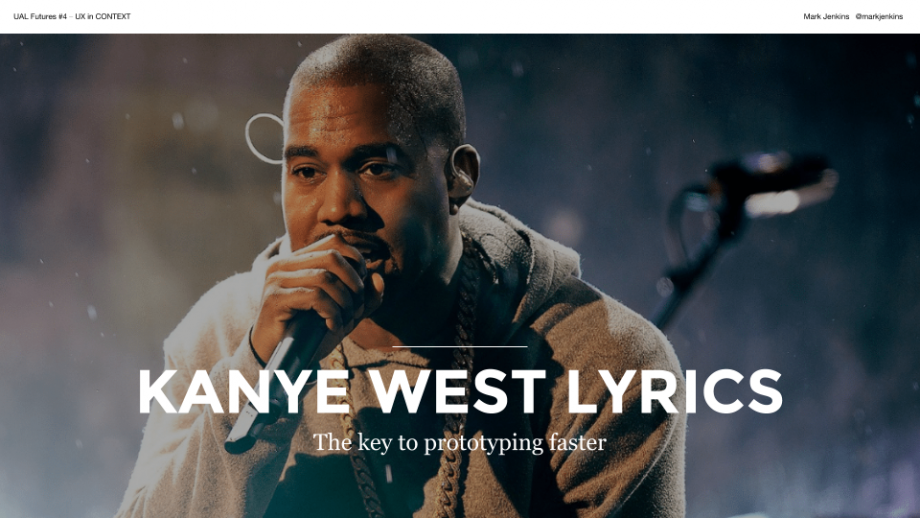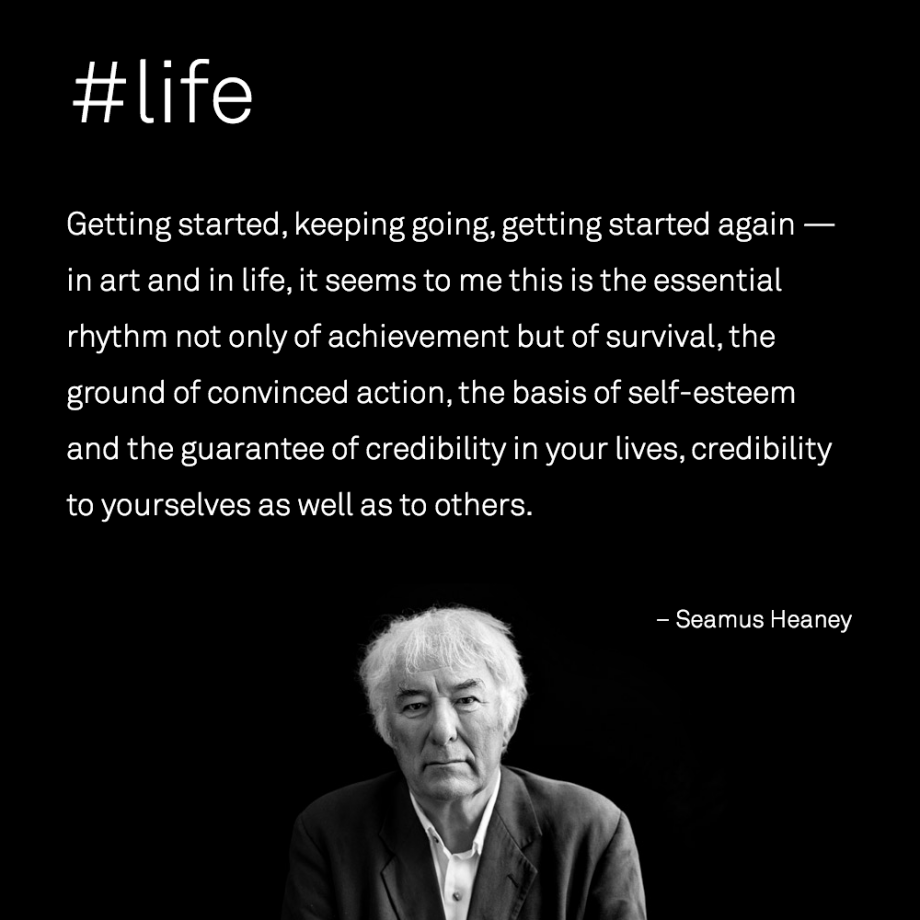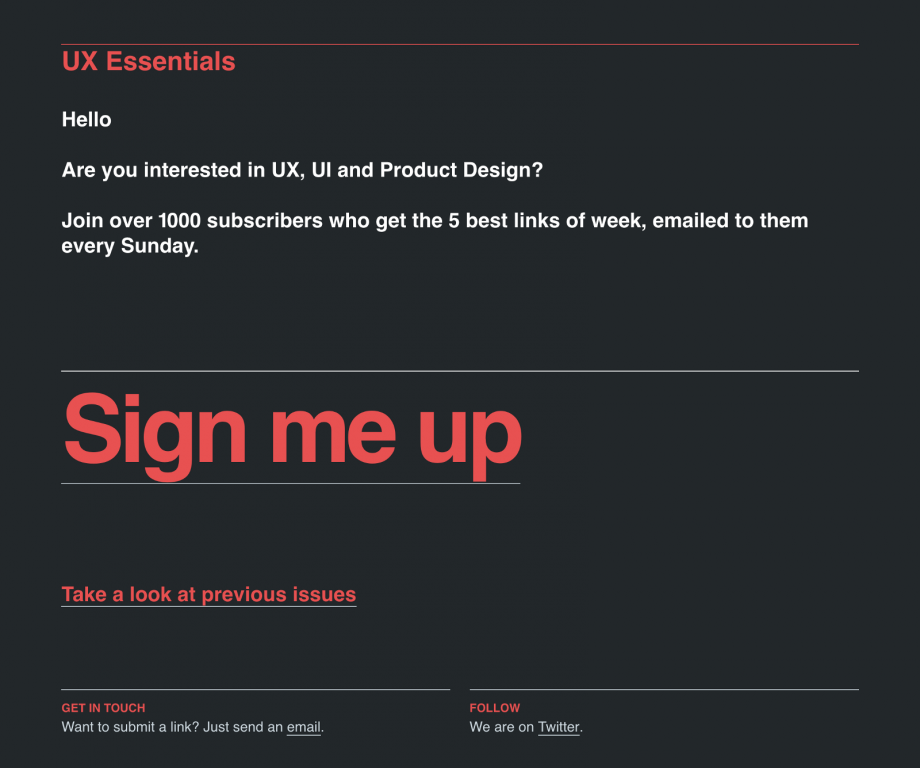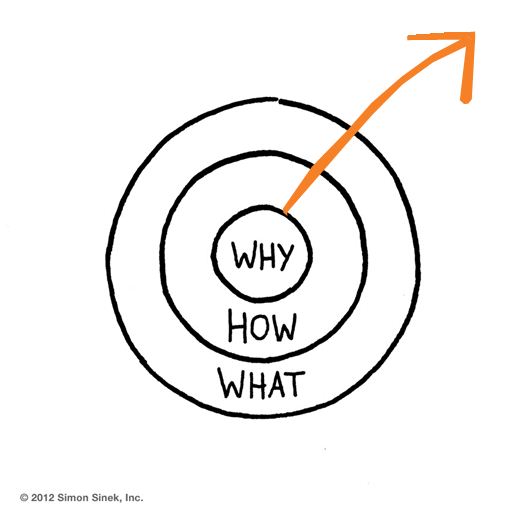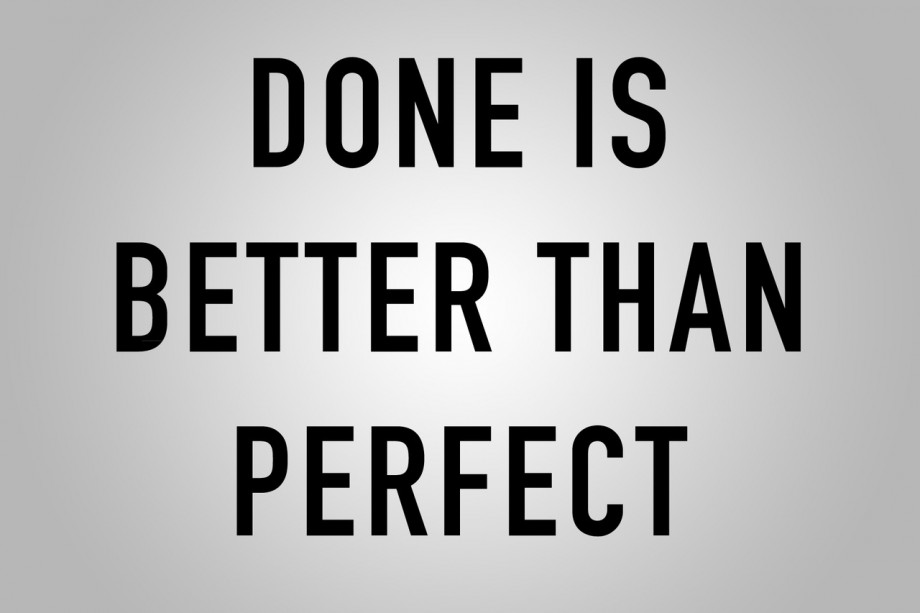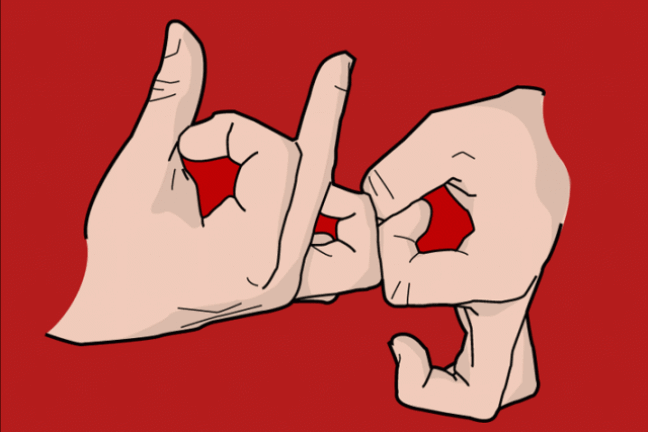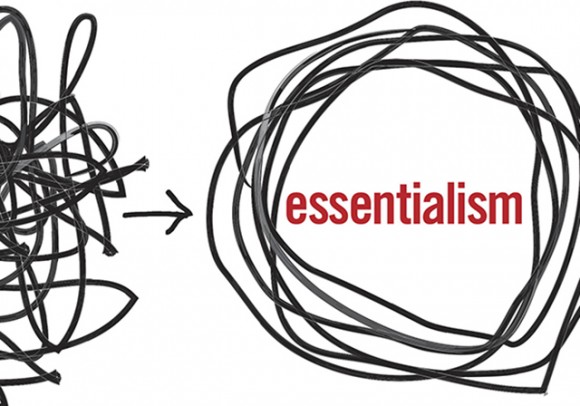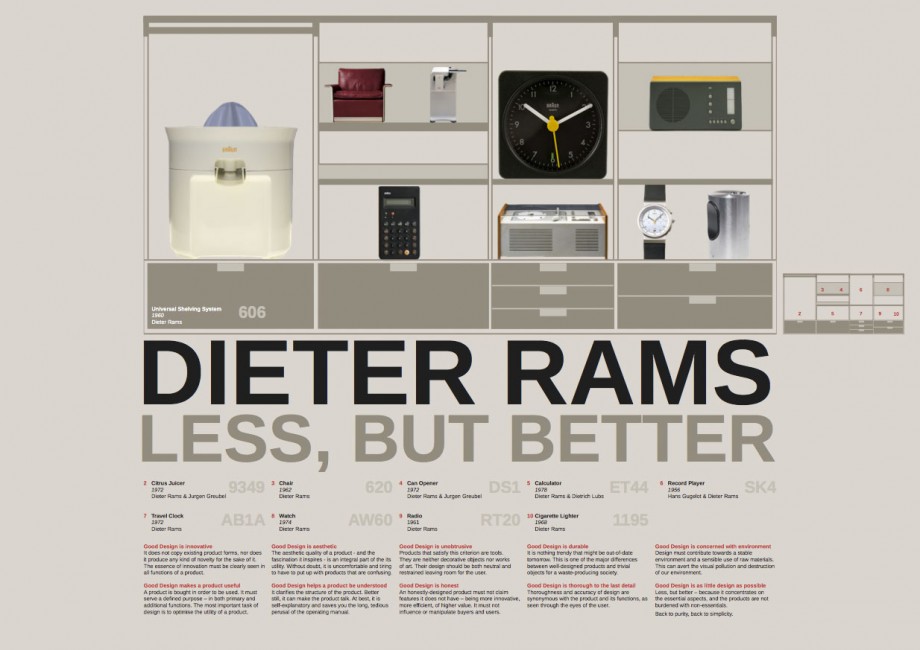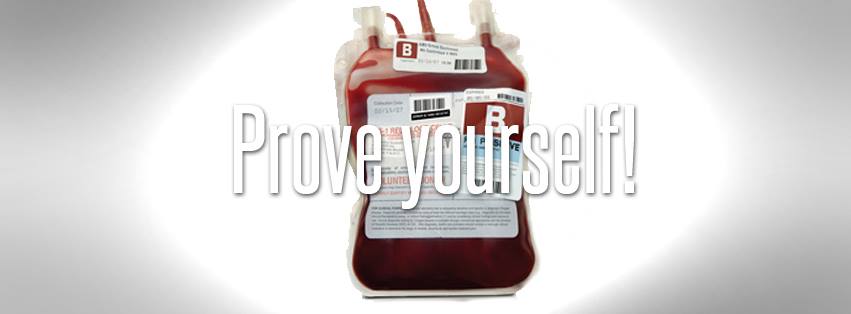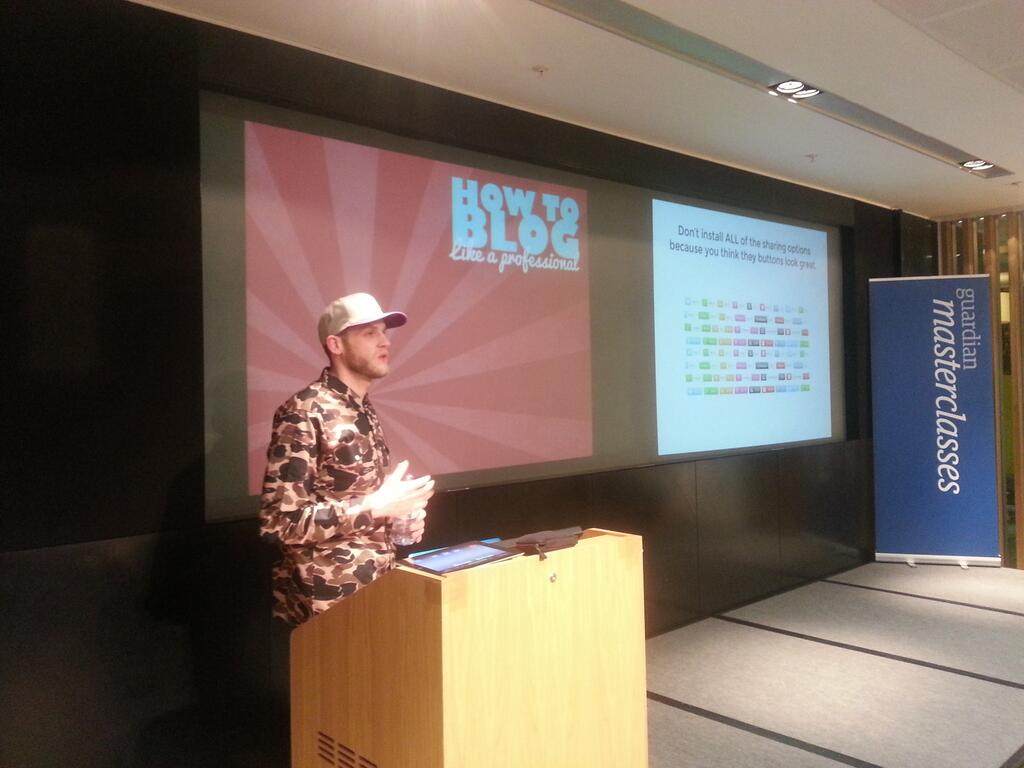
Adobe recently asked me to give them my thoughts about letting go of your designs and ideas. They wanted to understand more about understanding user needs over personal taste and how designers can approach not getting too hung on up on the aesthetics of their design work and even though everyone has an ego, trying to leave that at the door, so to speak.
Here’s what I wrote for the article.
There is no “I” in team.
Babe Ruth once famously said:
“The way the team plays as a whole determines its success. You may have the greatest bunch of individual stars in the world, but if they don’t play together, the club won’t be worth a dime.”
I feel exactly the same when it comes to design. The definition of one’s contribution to a team is sometimes a mixed one.
There’s a tendency to become too attached to the things we design and never let go. When we don’t let go, we’re not making the best contribution we could be making. For me, the easiest way to let go is by having a mentality that prototyping is the quickest way to the wrong answer. My aim is to get to the right answer faster.
I have to remember that I’m designing for people. If I forget that, I’ve forgotten about people. If I forget about those who I’m designing for then I’m making something that might just look great, with no function.
Simply put, people value design that values people.
Read the full article on Adobe.com

